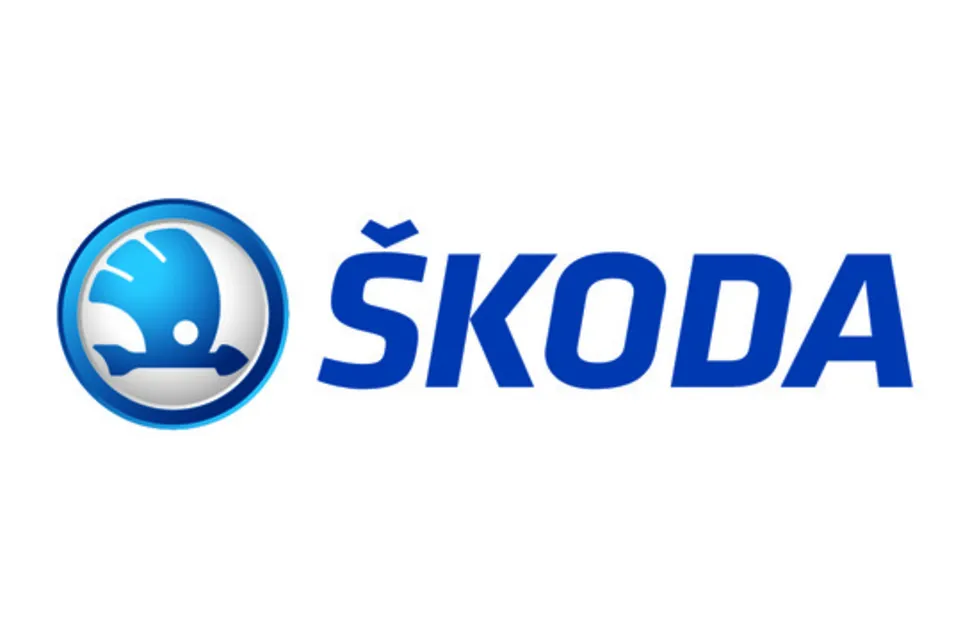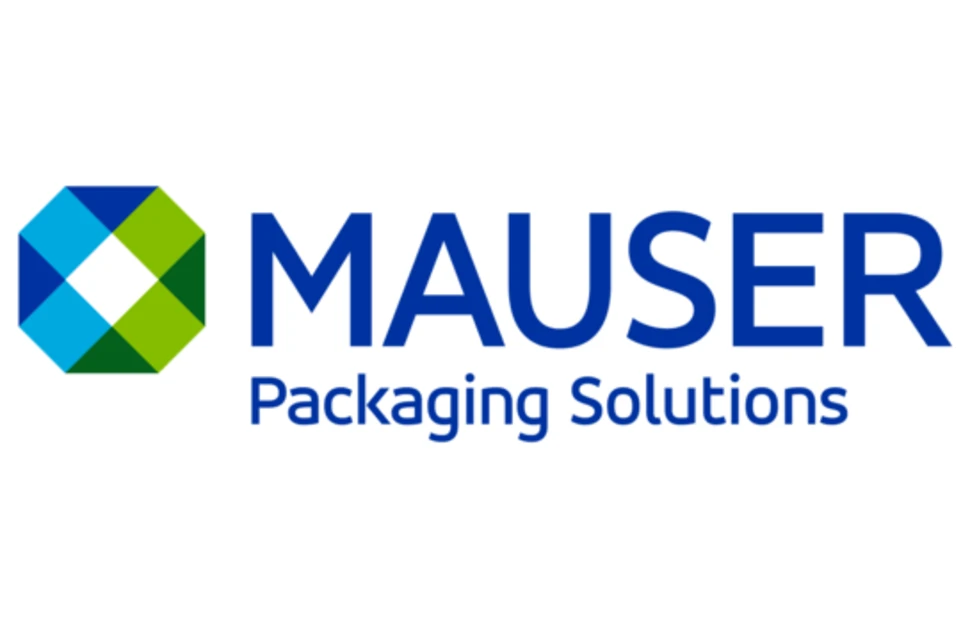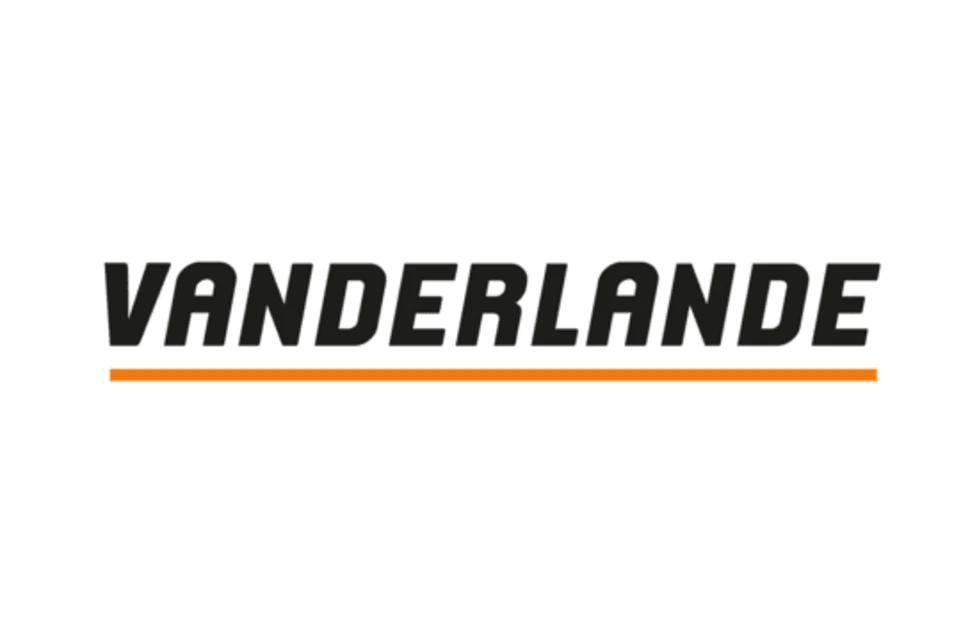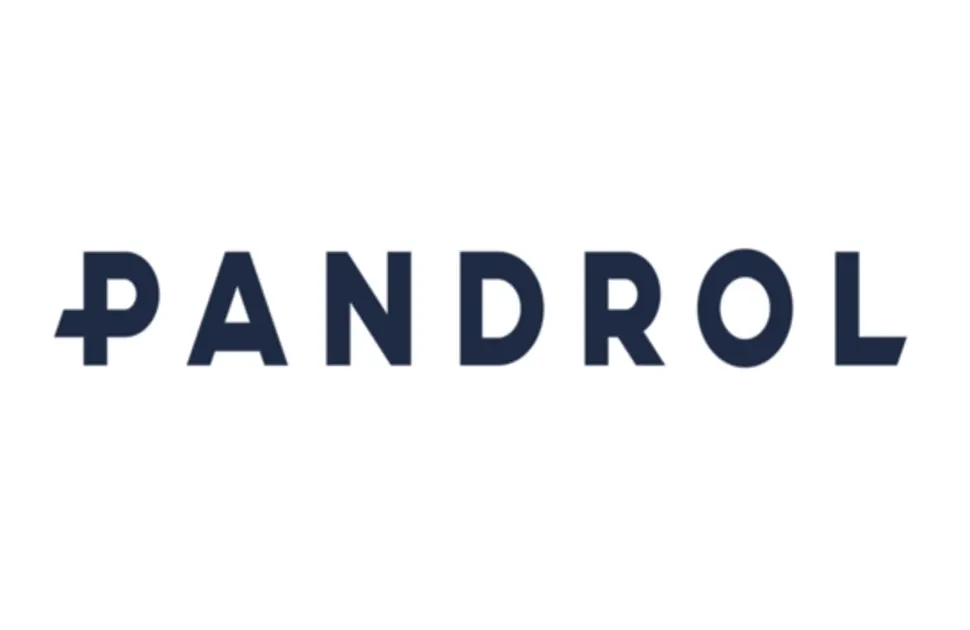EU steel buyers prepare for further price increases
European coil prices continued their meteoric rise, in November. The MEPS Europe Average Hot Rolled Coil transaction value has climbed by more than 25 percent since June of this year. Mills are targeting ambitious selling figures and are confident that they can maintain the upward price momentum, in December. How much of their target increases they will achieve is, however, open to debate.
Steelmakers are keen to secure increased spot values during the current contract negotiation period. If they manage to obtain significant rises in the quarterly, half-yearly and annual agreements, this will provide a further boost to the mills’ aspirations in their monthly deals. Strong demand from the Chinese market is also likely to have a positive impact on global steel prices in the short term.
European distributors are, largely, positive on the prospects of passing price increases down the supply chain. Stock levels remain low and many end-users have accepted that they will need to pay more to secure the material they require.
Large customers who traditionally buy direct from the producers are having to source some of their steel from service centres, as their allocations with the mills are inadequate for their needs. This is running down inventory levels in the market, which will need to be replenished. This restocking is expected to provide additional weight to steel prices increases, in the first quarter of 2021.
End-user activity has improved significantly in the past few months. Output from the automotive manufacturers, domestic appliance makers and mechanical engineering sector is growing. Sales to the infrastructure and green energy industries are also expanding. This has had a significant effect on sales to the coil products sector.
Tight supply to persist
Mills have been unable to ramp up production volumes quickly enough to accommodate the increase in demand. Technical issues, with bringing blast furnaces and finishing lines back on stream, have been exacerbated by Covid-related staffing problems.
Cash flow difficulties are restricting several mills from purchasing large volumes of iron ore due to the current high cost of this raw material. This is limiting their ability to produce sufficient material to meet current customer requirements. It will take longer than usual for supply to normalise, due to these added complexities.
The supply of material from foreign sources remains scarce. Antidumping investigations and the potential for the application of retroactive duties is deterring local buyers from purchasing Turkish hot rolled coil. Moreover, third country traders are able to achieve higher prices in other markets. This is further reducing availability of imported material, at present. Consequently, shortages will remain a feature of the EU market in the coming months.
There are renewed hopes for a Covid-19 vaccine. This is helping to boost confidence in the European economy and steel market recovery. However, it is unlikely to be the solution and it will take a long time to roll out.
Demand from the automakers is expected to wane early in the new year, when car stocks have been replenished. Decreased spending capacity of consumers, due to the economic fallout from the pandemic and the end of furlough schemes, is also likely to reduce vehicle sales next year. Consequently, the positive steel price trend is forecast to end in the second quarter of 2021.
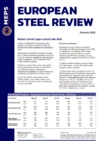
Source:
European Steel Review
The MEPS European Steel Review is an informative, concise and easy-to-use monthly publication, offering unique professional insight into European carbon steel prices.
Go to productRequest a free publication
